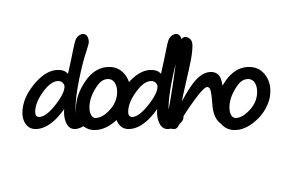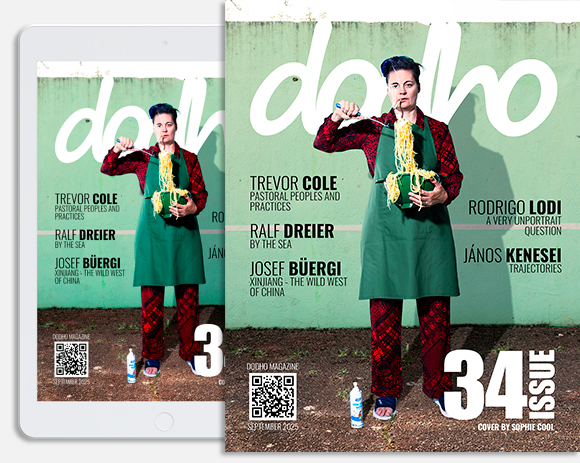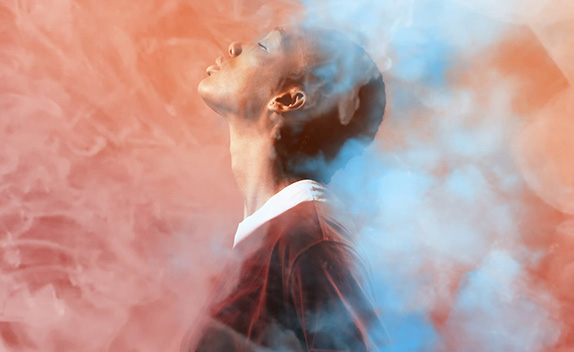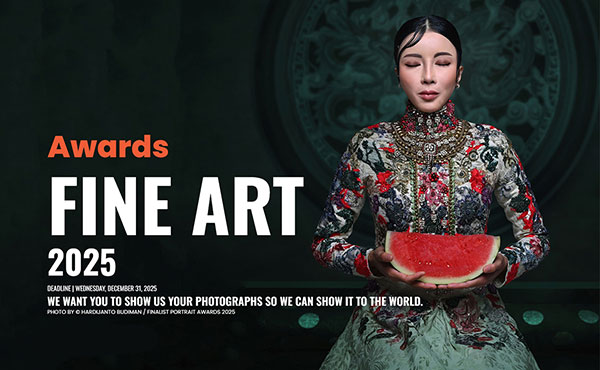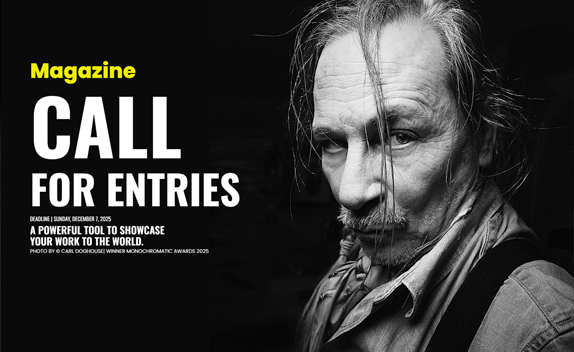What does it mean to create images in a world saturated by them?
When visibility becomes noise and algorithms shape our gaze, how do photographers preserve truth, vulnerability, and emotion?
This series opens a space for dialogue with artists who confront the paradoxes of contemporary image-making. In this conversation, Leanne Trivett S. reflects on authorship in the age of overexposure, the quiet rebellion of slowness, and the power of photography to connect, evoke, and endure beyond the scroll.
Leanne Trivett S. is an award-winning photographer and visual artist whose work blends the personal and the poetic through experimental self-portraiture, emotive florals, and abstract imagery. With a background in musical theatre and a BFA in Theatre from NYU’s Tisch School of the Arts, her creative journey began on stage as a professional singer. This early foundation in performance continues to inform her visual storytelling — manifesting in vivid, character-driven self-portraits and a distinctive sense of theatricality and emotion in her photographs.
Known for her colorful and current imagery and evocative florals, Leanne’s work has been exhibited widely across the United States and internationally. Her photographs have appeared in renowned venues including the Los Angeles Center of Photography, the Griffin Museum of Photography in Boston, CfPA in Carmel, CA, the KFF FotoFest in Japan, Millepiani Gallery in Rome, Art Fluent in Boston, the BRAHM Museum in North Carolina, New Orleans Photo Alliance in New Orleans and Fotonostrum in Barcelona, among others.
Her imagery has been featured on covers and in publications such as Art Ascent International Magazine (Silver Award for Florals), SHOTS Magazine (Cover Spring 2025), Humana Obscura, Black and White Magazine (Winners), Monochromica, Inside Sacramento, ARTDOC Magazine, and Dodho Magazine, where she was interviewed and featured on the cover. Leanne’s work has been recognized by numerous international photography awards including the Julia Margaret Cameron Awards (2022, 2023, 2024), the Refocus Awards, ND Awards, Digital Photo Awards, Great Photo Awards, and Portfolio Platform (2024/2025). Most recently, she was named the winner of the EMERGE 2024 Fellowship Award, Photography Performance – Solo Show with A Smith Gallery, and selected as a satellite artist for D’ART Gallery.
As an educator and speaker, Leanne shares her creative process through workshops and lectures at institutions including Santa Fe Workshops, Maine Media, the Chicago Botanic Garden, Camversation (UK), and the Pacific Northwest Art School. She also gives art talks internationally — both in-person and online — for photographic societies, galleries, and clubs. Her talks have been featured by organizations such as the Edinburgh Photographic Society, FYV, Camversation, galleries in Chicago, and photography groups across the U.S. Her teaching and presentations reflect her deep belief in photography as a tool for self-expression, transformation, and storytelling. Leanne’s techniques — ranging from in-camera multiple exposures and ICM (intentional camera movement) to creative layering and blur — embody her commitment to experimentation and emotional authenticity in her work.
From her studio, she continues to explore the intersection of identity, memory, and beauty from her studio, where she creates using images captured through her lens. Whether teaching, traveling, or building new bodies of work, Leanne’s practice remains rooted in self-expression and the endless possibilities of the photographic form. As she continues to travel, teach, and evolve her visual language, she remains committed to fostering creative dialogue and meaningful collaboration. Looking ahead, she is focused on expanding her exhibition presence, with three upcoming solo shows currently in development. [Official Website]
What is the point of taking a photograph today when millions of similar ones already exist?
Even in a world saturated with images, a photograph with soul still has the power to make someone stop — to feel, to remember, to recognize themselves.
In a time of endless scrolling and glowing screens, we need art more than ever. The world needs art — I need art. I must make art. It’s how we witness one another, how we endure, how we return to what is most human. We need connection, story, and life. For me, the act of creating a photograph today isn’t about novelty or visibility; it’s about intimacy, presence, and offering a truth.
Another part of my image making is remembering. Of holding tenderness. Of tracing the outlines of grief, grace, identity, and hope. Through self-portraiture and abstraction, I don’t seek to explain — I seek to evoke. Millions of images exist, but none carry this moment, this emotion — filtered through my body, my timing, my vision.
Art circles the same eternal themes — grief, love, identity, becoming — but each artist threads something new into the weave. Passion keeps it alive. I don’t create to stand apart, but to stand within that lineage.
To connect.
To create.
To continue.
Do you feel more inspired or overwhelmed by the daily flood of circulating images?
I don’t let myself be swept away by the flood — I move in and out of it consciously, like stepping into a river when the water feels right.
There are moments when I seek out imagery — when I’m curious, hungry, open. I love witnessing what others are making, especially artists I admire or students from my workshops. Their work sparks something in me. It reminds me why we create. On the other hand, I know when I need distance and silence. Too much input can blur my inner voice, so I’ve learned to protect that quiet.
Inspiration, for me, doesn’t come from volume — it comes from resonance. I stay close to what feels true. I’d rather be moved deeply by one image than skim a thousand. I listen inward and let myself be inspired — but not consumed.
How do you make your work stand out amid global visual noise?
I don’t try to compete with the noise — I focus on making something honest.
My work isn’t about grabbing attention. It’s about holding presence. Using self-portraiture, color, blur, texture, and multiple exposure is my way to express emotion, memory, and story — things that don’t shout, but stay with you. I don’t follow trends or chase visibility. I follow feeling. I create from intuition and lived experience, letting the work take shape in its own time.
What makes it stand out — if it does — is that it reflects a real moment, a real response, something made with passion rather than urgency. In a sea of fast, polished, and performative images, mine come from stillness. They come from listening. My hope is that this quiet intention creates a different kind of connection, one that makes someone pause and feel.
Standing out, to me, isn’t about being louder. It’s about being clear, grounded, and making space for others to feel something true.
Has image saturation changed the way you look at things?
Yes, it has. The constant flow of images has taught me to be more selective, more deliberate. Instead of absorbing everything, I’ve learned to slow down and really look — to search for what truly resonates rather than what simply dazzles.
Image saturation has sharpened my awareness of the difference between quantity and meaning.
Do you think we still look attentively or are we just scanning with our eyes?
I believe much of what we see today is a quick scan — an attempt to keep up with an overwhelming flow of images. Real seeing, the kind that invites feeling and understanding, takes intention and time.
I hope my work offers that invitation — a moment to slow down, to feel, to connect. Attentive looking isn’t lost; it waits patiently for us to choose presence over haste.
How does the algorithm influence your decision on which images to share or show?
I don’t let the algorithm shape my choices — I follow what feels necessary and true in my work. The rhythm of the digital world is fast and calculated, but my process is slow, intuitive, and deeply personal.
My sharing is an act of trust, a gesture of vulnerability, not a calculated move for attention. I share images that carry my story, that hold emotion, that speak from the heart. Algorithms may chase popularity, but art lives in honesty. I believe authenticity finds its way — beyond numbers, beyond noise — reaching those who are ready to see.
How does the “like” culture affect your self-esteem or your perception of your work’s value?
I try not to let the number of likes define the value of my work — or myself. In a world that equates value with numbers, it’s easy to feel unsteady, but I stand by my work passionately — steadfast and true — no matter what anyone says.
My art is born from the depths of feeling, from stories that live beneath the surface, from a need to speak when words fail. Its value is not in the echoes of applause, but in the quiet courage of creation itself. Likes come and go, but the heart of the work endures — anchored in honesty, vulnerability, and presence.
I trust that those who truly see will find meaning, even if the world moves too fast to notice. My self-love is rooted not in external approval, but in the unwavering act of showing up, of making, of standing firm in the truth I carry through my images.
Do you feel pressured to produce more images than you truly need to create?
No — I resist the pressure to churn out images just for the sake of volume. For me, creation is not about production quotas or constant output; it’s about intention. I make what I need to make — images that carry meaning, that speak from a place of feeling and reflection.
Each piece is a conversation, a moment of presence, not a product to fill space. In a world that often values speed and quantity, I choose to honor the slow, thoughtful rhythm of my own process. I believe that meaningful art grows from patience rather than rushing to meet external demands.
My practice is a quiet rebellion against the noise — a commitment to authenticity over abundance.
What scares you more: audience indifference or algorithmic indifference?
I think what feels more daunting is audience indifference — because at the core of making art is connection. Algorithms are tools, neutral and unfeeling. It doesn’t choose, it just sorts.
It’s the real, human response that gives art its life — and that’s what I hope to reach, even if it’s just one person. Art lives in those human connections, and that is where I put my trust and my hope.
What do you hope will change, for better or worse, in the world of photography in the coming years?
I hope photography continues to evolve while holding fast to the human heart that makes art vital.
I hope image making remains a place of vulnerability, risk, and deep storytelling — a way to hold truth, to connect, and to heal. I want to see more spaces where artists can create freely — without pressure to conform or commodify their work.
For me, this practice is a lifelong journey — a place to keep discovering purpose, to keep teaching and learning, and to keep honoring the endless complexity of human experience. I believe the future of art lies in this persistence — in artists who keep making, keep questioning, keep feeling, even when it’s hard to do so.
No matter how the world shifts and changes, I will continue to create with conviction — making images that demand attention, provoke feeling, and open spaces for truth. This is where photography’s power lies: in its ability to stop us in our tracks, to ignite empathy, and to declare what it means to be fiercely, unapologetically human.
